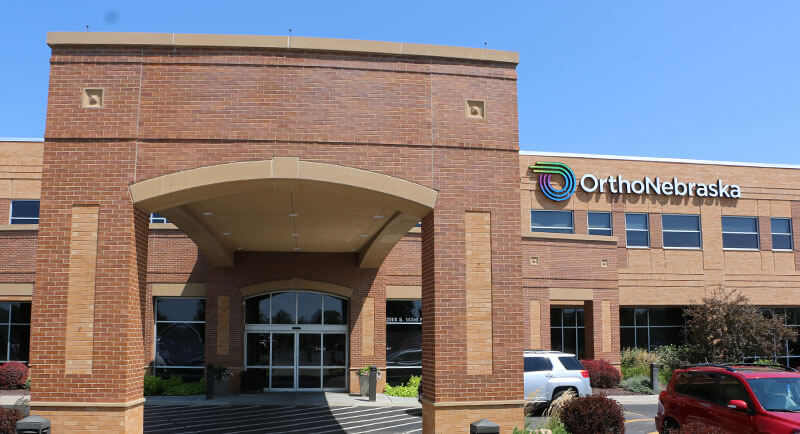What is a Distal Bicep Repair?
Your surgeon will use one of several available techniques (single-incision, double-incision) based on your anatomy, age and preferences. They will re-attach the distal tendon of the biceps to your elbow bone using sutures or another like method.
Who should have a Distal Bicep Repair?
This is an uncommon injury. People who have symptoms of bruising and swelling at the elbow, weakness in the arm and a bulge in the upper part of the them may have a distal bicep tear at the elbow. While nonsurgical treatment may be effective for pain reduction, surgery is needed if someone wishes to regain typical strength in the forearm. Most athletes and active people will opt for surgery. Most distal bicep repairs are repaired the first two to three weeks after the injury to help ensure the most effective healing.
Does a Distal Bicep Repair work?
This surgery requires technical expertise and experience to perform. Because of the different approaches, consulting a shoulder, elbow or sports medicine specialist like the ones at OrthoNebraska is recommended. Different techniques have different risks. For example, one study suggests that the single-incision technique has a higher risk for nerve damage, while the double-incision technique has a higher risk of a complication that could limit forearm range of motion. Your surgeon can discuss these risks and help you select the best option.
What can I expect when I have a Distal Bicep Repair?
When meeting with your doctor before surgery, they will conduct a complete a physical examination of your arm and elbow, asking you to rotate your forearm, and looking at your forearm’s strength and range of motion. X-rays, MRI’s, or an ultrasound may be done.
After you schedule surgery, you may need a pre-surgical physical to make any necessary accommodations based on your health history. When you arrive at the hospital, you’ll speak to your surgeon and anesthesiologist. You will likely be under sedation with a nerve block for this procedure. This is an outpatient surgery, so you will go home the same day.
Following the procedure your arm may be partially immobilized for a short time. You can return to most normal activities, including driving, when you are off the pain medicines, typically one to two weeks. After the cast or splint is removed (typically at two weeks), physical therapy will help you gain back your range of motion and strength. Light resistance exercises will help with your recovery process.
Most patients gain back their full range of motion and return to activities at around three months, when the bicep is fully healed. It’s important to follow your doctor’s instructions and not to rush your recovery.
Find out more about Distal Bicep Repair surgery at OrthoNebraska.








